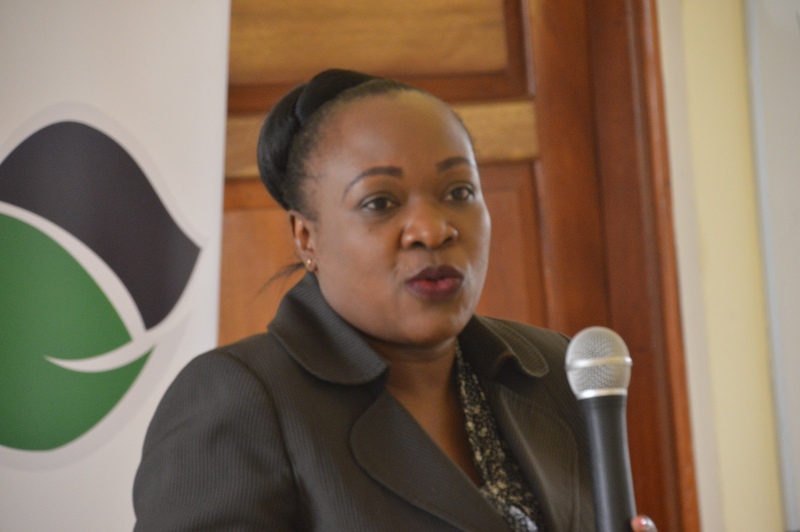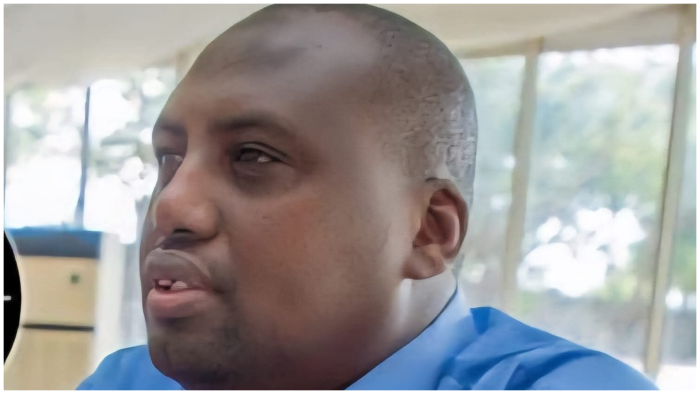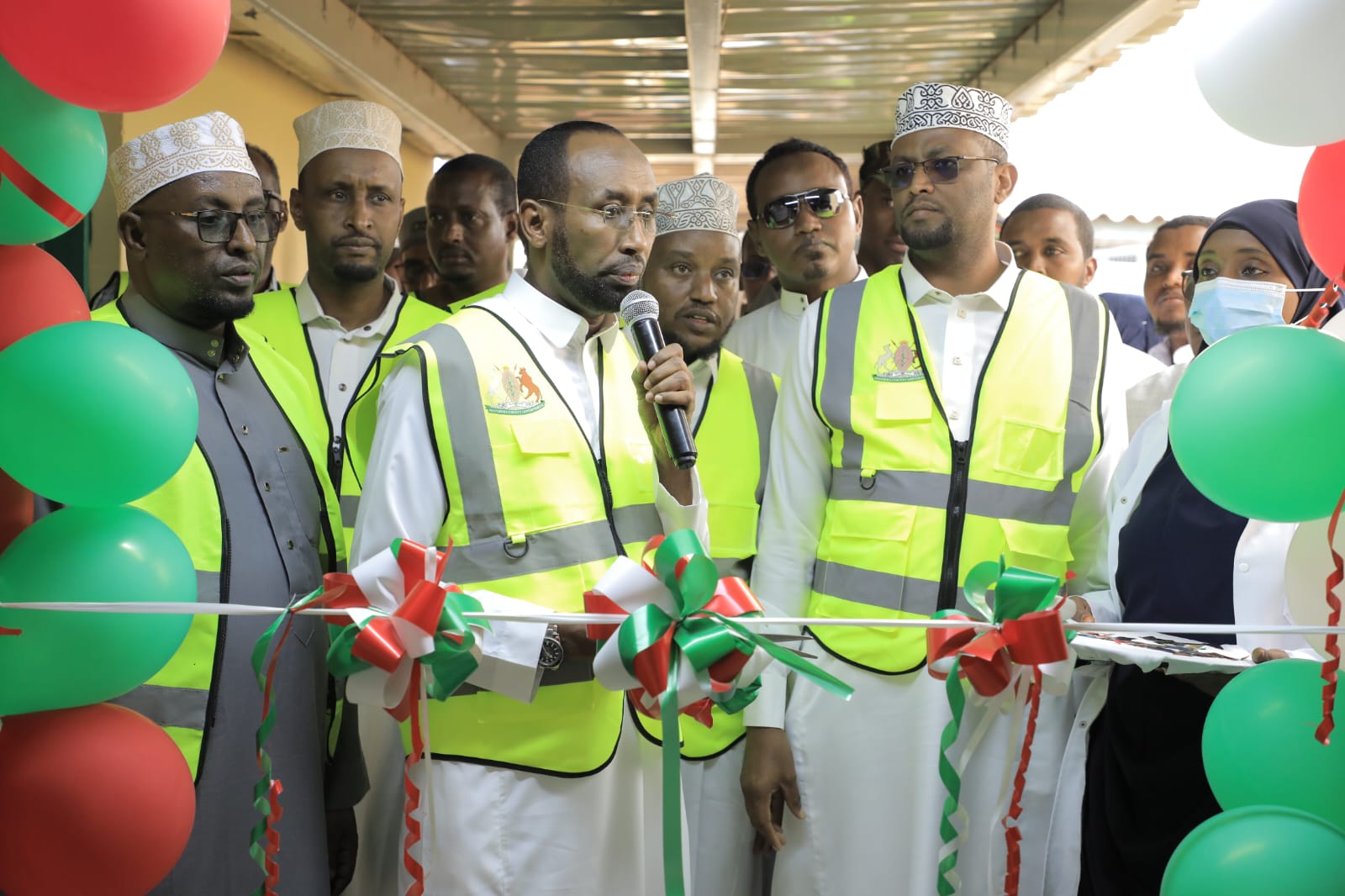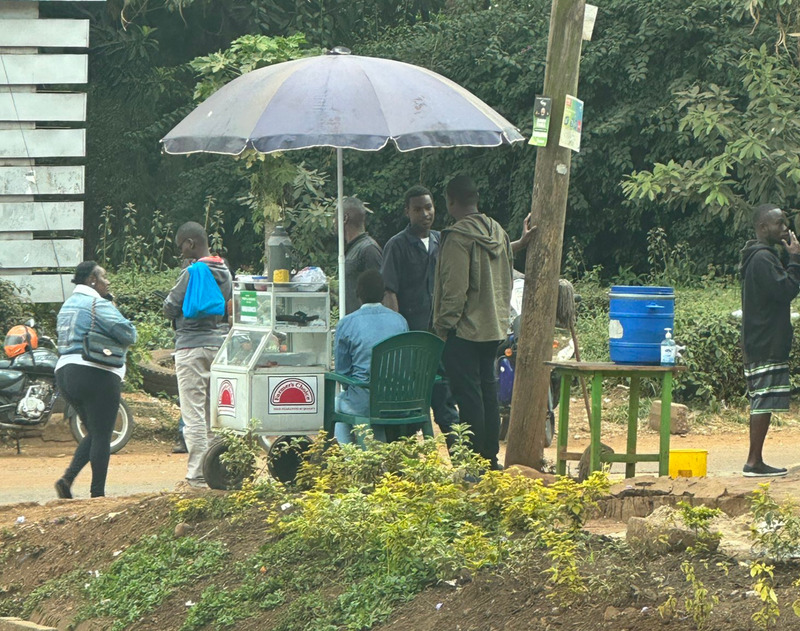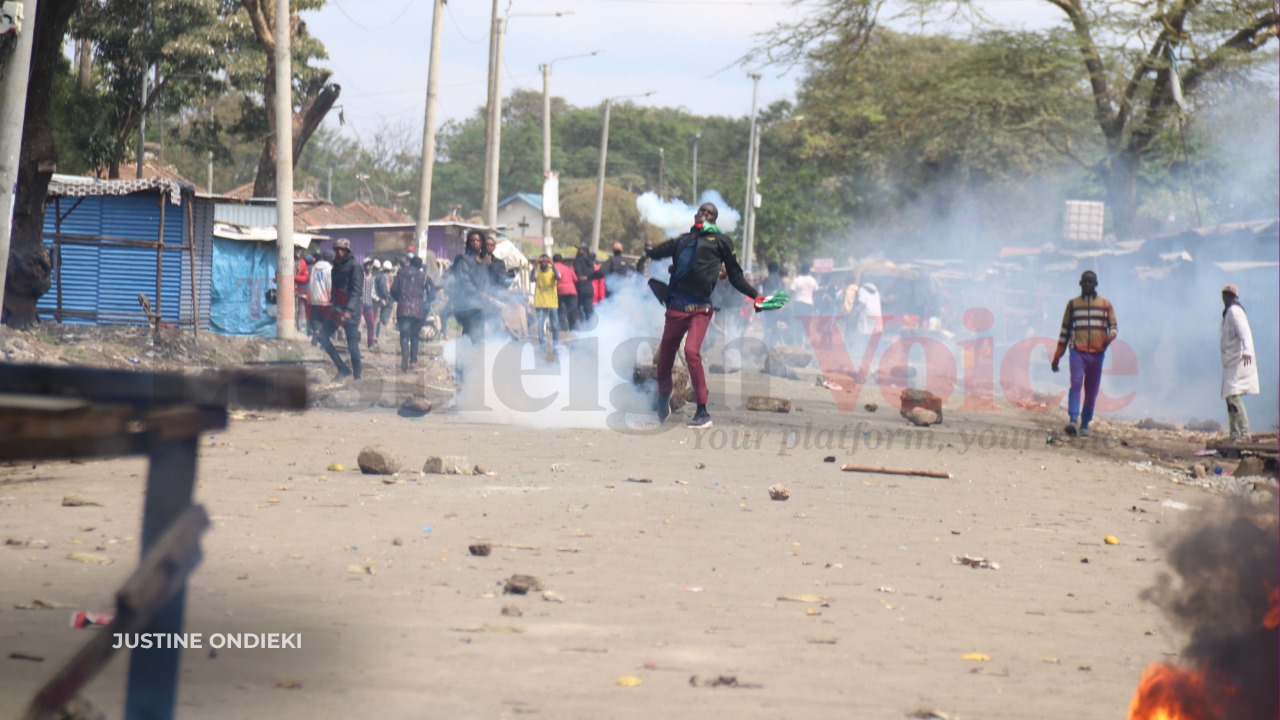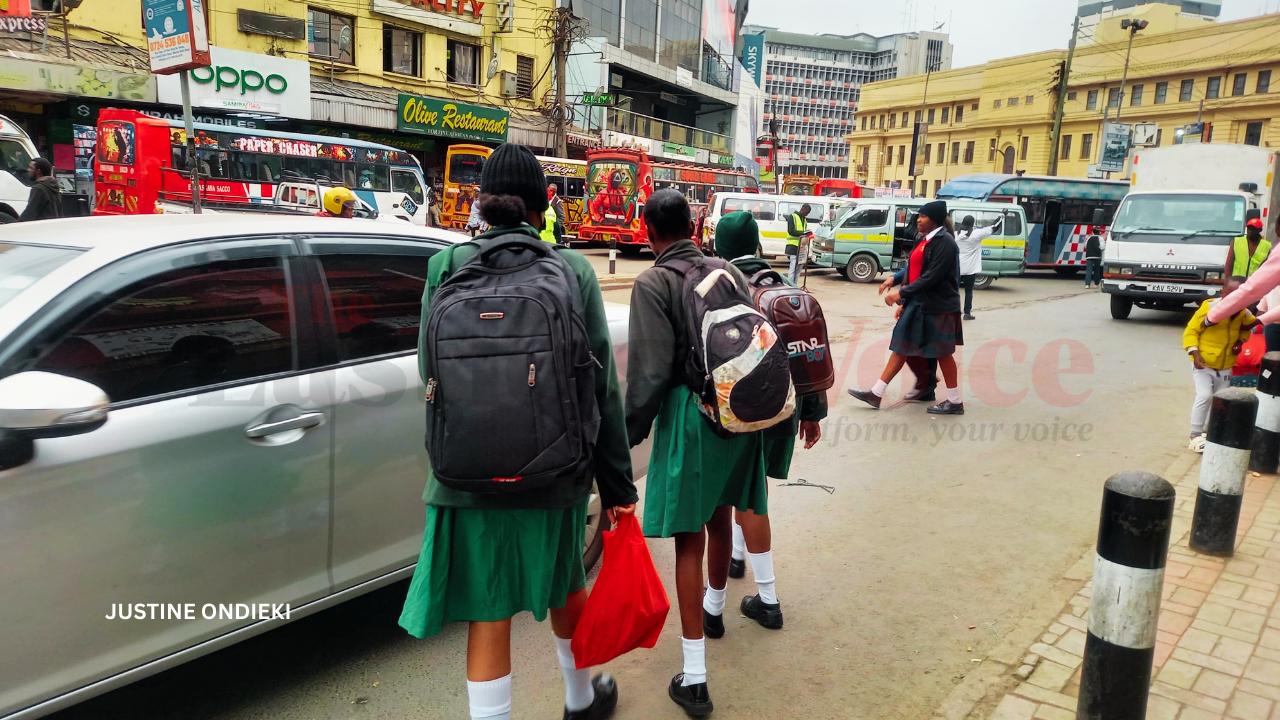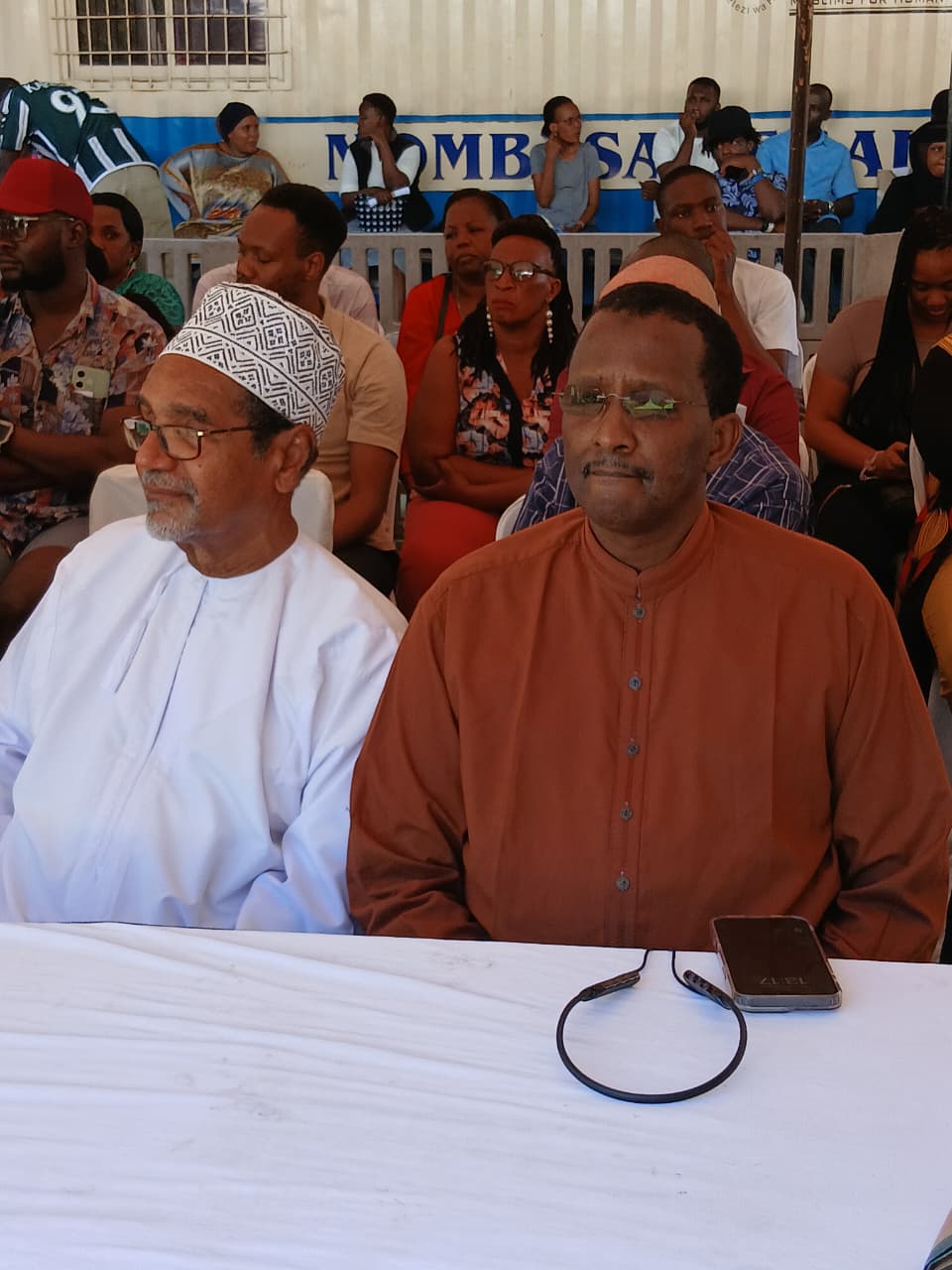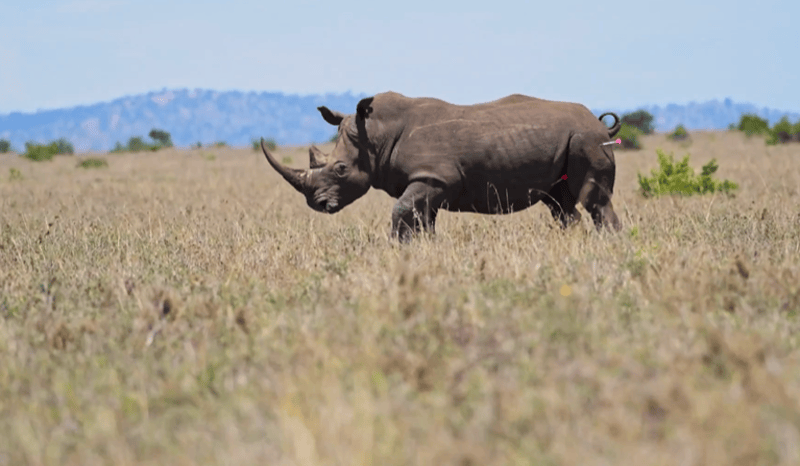Mpox continues to spread in Africa, with 18 countries reporting active transmission
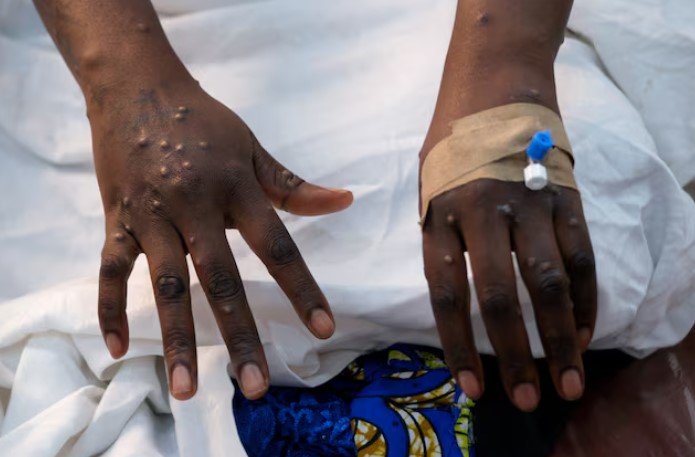
The majority of cases have been reported in Busia (48 cases) and Mombasa (37), followed by Nakuru (16) and Makueni (10). Smaller clusters emerged in Nairobi (5 cases), Kajiado and Bungoma (3 each), as well as Taita Taveta, Kilifi, and Kericho (2 each), and Kiambu (1 case).
Mpox, a viral disease that has re-emerged in recent years as a global health concern, continues to spread across Africa, with 18 countries currently experiencing active transmission.
According to the latest update from the World Health Organisation (WHO), between January 1 and June 22, 2025, a total of 24,012 confirmed cases and 91 deaths were reported across 21 African countries, reflecting a case fatality rate (CFR) of 0.4 per cent.
More To Read
- WHO Africa summit urges investment to end maternal mortality
- Hunger and disease in Gaza will only worsen from ‘man-made’ famine: WHO
- African governments urged to boost funding as NCD crisis deepens
- US suspends chikungunya vaccine after reports of severe side effects
- 45 more health facilities to be deregistered as ministry uncovers widespread fraud in hospitals
- Ministry of Health clears 7,414 UHC workers for government payroll as 215 ghost staff removed
The African Region remains the epicentre of the global mpox outbreak, accounting for the vast majority of reported cases.
A sharp surge has been observed in Sierra Leone, which has emerged as the regional hotspot with 4,294 confirmed cases and 28 deaths (CFR: 0.6 per cent). Although WHO reports a recent decline in new cases there, experts caution that the trend may be misleading due to reporting delays. Infections have been reported in all districts, with the highest concentration in and around the capital, Freetown.
The outbreak has affected men and women equally, with most cases occurring in individuals aged between 20 and 39.
Mpox outbreak in Kenya
As of June 9, 2025, Kenya has confirmed 137 mpox cases spread across 17 counties, according to an official statement from the Ministry of Health. The ministry raised concerns over the rising number of infections, particularly in areas beyond the traditional hotspots along the Northern transport corridor.
The majority of cases have been reported in Busia (48 cases) and Mombasa (37), followed by Nakuru (16) and Makueni (10). Smaller clusters emerged in Nairobi (5 cases), Kajiado and Bungoma (3 each), as well as Taita Taveta, Kilifi, and Kericho (2 each), and Kiambu (1 case).
Kenya’s first mpox case was reported on July 21, 2024, and infections have continued to rise steadily. Health authorities have intensified surveillance, contact tracing, and vaccination efforts in affected counties.
Globally, the situation continues to evolve. As of May 2025, WHO has recorded 6,823 confirmed cases and 16 deaths across 49 countries. The emergence of new viral sub-clades, notably clade Ib and clade IIb, has added complexity to the outbreak.
Mpox variants
Recent WHO surveillance data reveal first-time detections of clade Ib mpox virus in Ethiopia and Italy, marking a notable geographic expansion. In parallel, North Macedonia, the Republic of the Congo, and Togo have confirmed their first cases of clade IIb. Albania has also reported its first mpox case, with genomic sequencing underway to determine the viral lineage.
Currently, clade Ib transmission remains largely confined to Central and East Africa. Most countries that had previously reported sporadic importations are not experiencing active transmission. Still, new clusters have emerged in non-endemic regions, including the United States, Italy, China, and the United Kingdom, many of which are linked to international travel. These developments have prompted the WHO to call for enhanced border surveillance and strengthened diagnostic capacity worldwide.
In light of ongoing transmission and geographic spread, WHO has extended its declaration of mpox as a Public Health Emergency of International Concern (PHEIC). The announcement followed the fourth meeting of the Emergency Committee under the International Health Regulations (IHR 2005) on June 5, 2025. The Committee classified the risk associated with clade Ib as high and clade IIb as moderate, citing regional differences in health system capacities and outbreak control.
To address the crisis, WHO has intensified efforts under its 2024–2027 Strategic Preparedness and Response Plan (SPRP), built around five core pillars—known as the “5 Cs”: Emergency coordination, collaborative surveillance, community protection, safe and scalable care and access to and delivery of countermeasures.
Vaccination campaigns are currently underway in seven African countries: the Democratic Republic of the Congo, Uganda, Nigeria, Rwanda, Liberia, Sierra Leone, and the Central African Republic.
Over 731,000 doses of the MVA-BN vaccine have been administered, with more than 80 per cent delivered in the DRC. Some countries are adopting single-dose strategies to stretch limited supplies and prioritise high-risk populations.
Top Stories Today
Reader Comments
Trending








